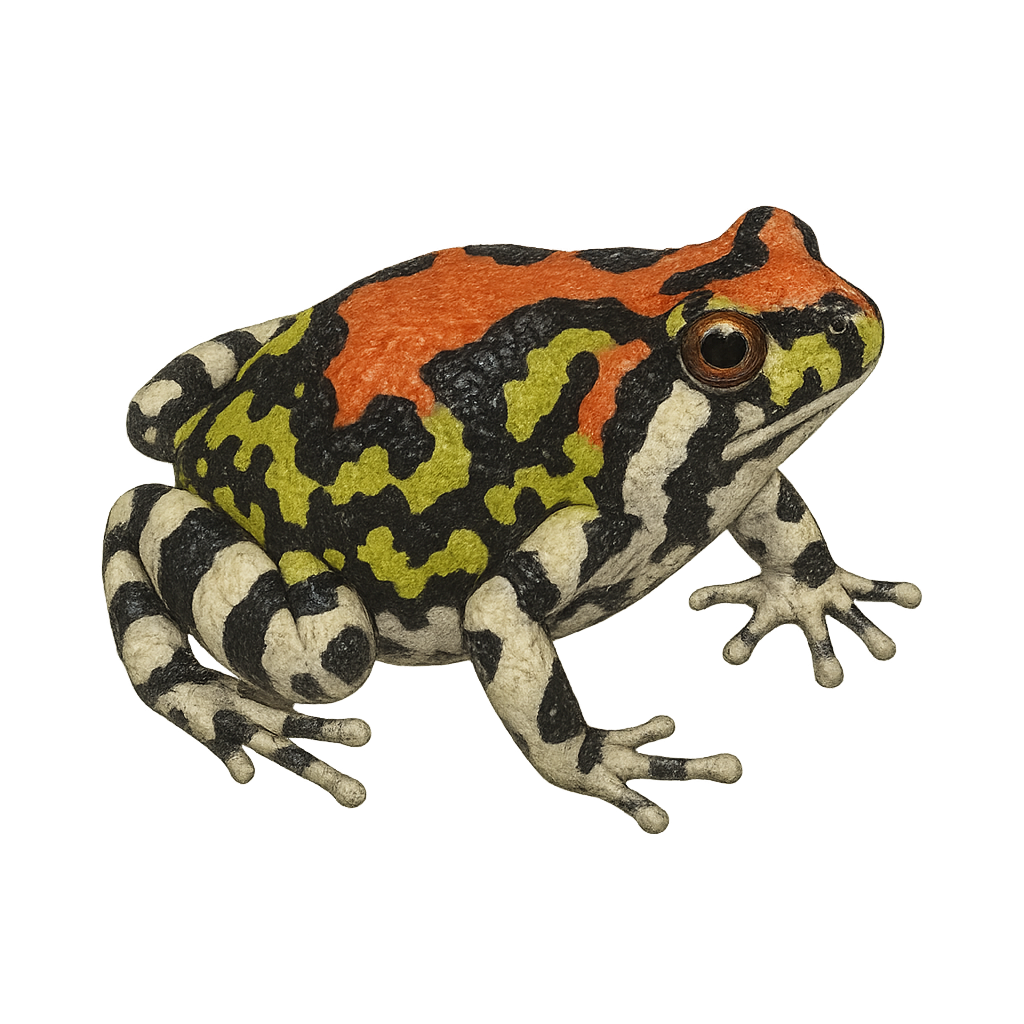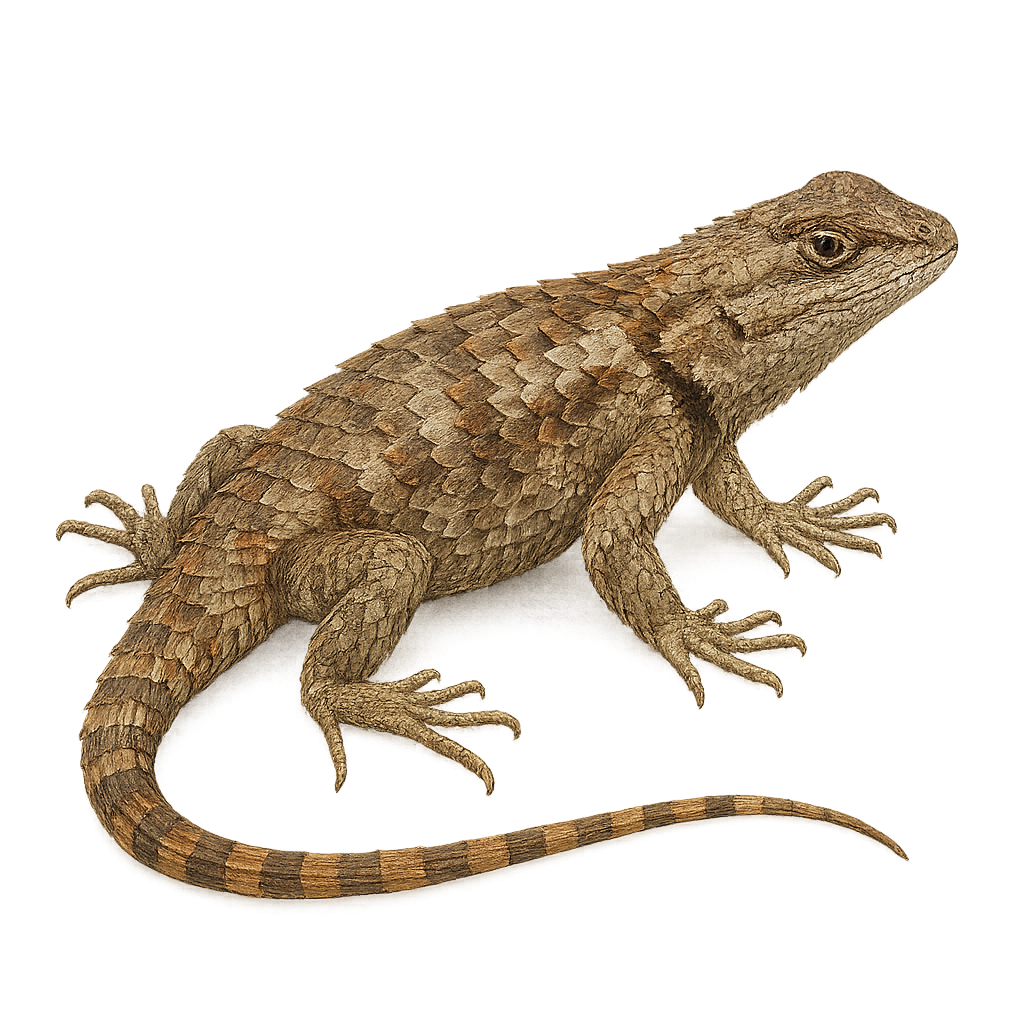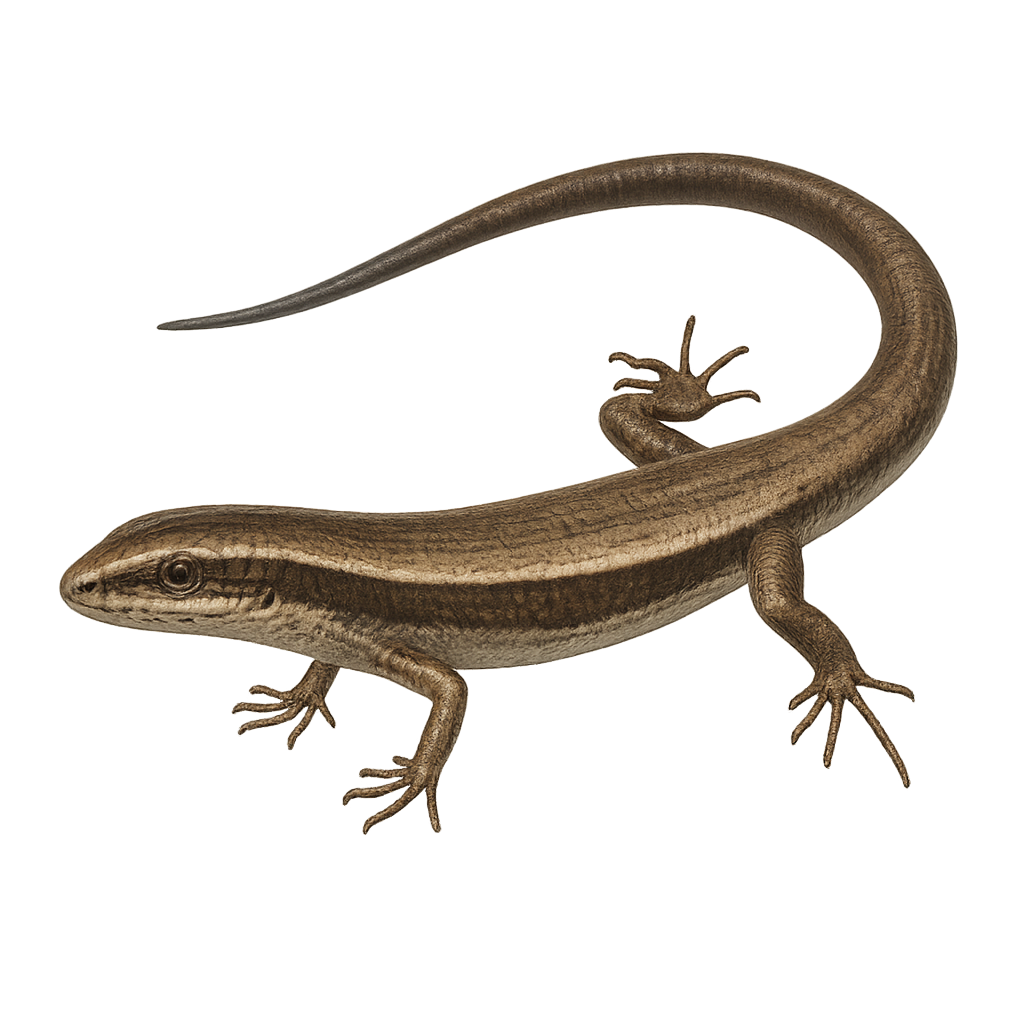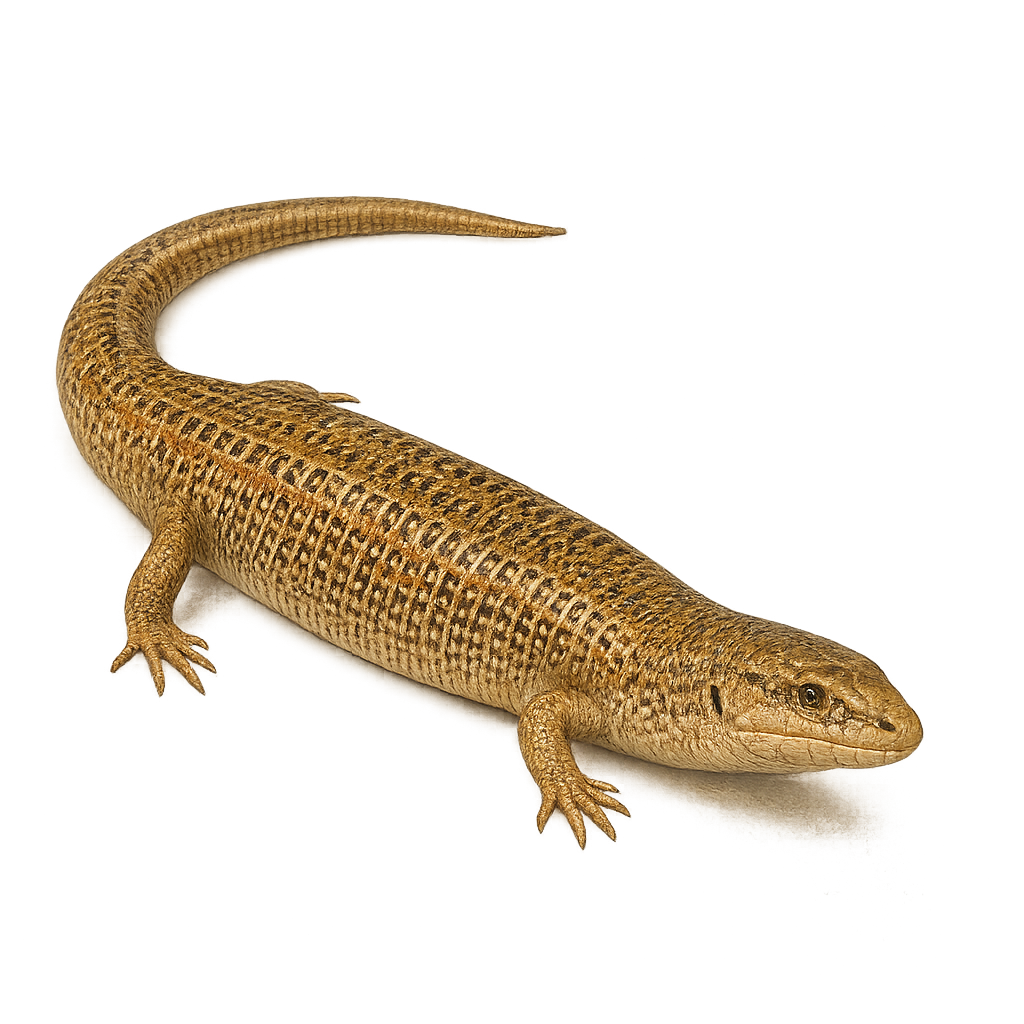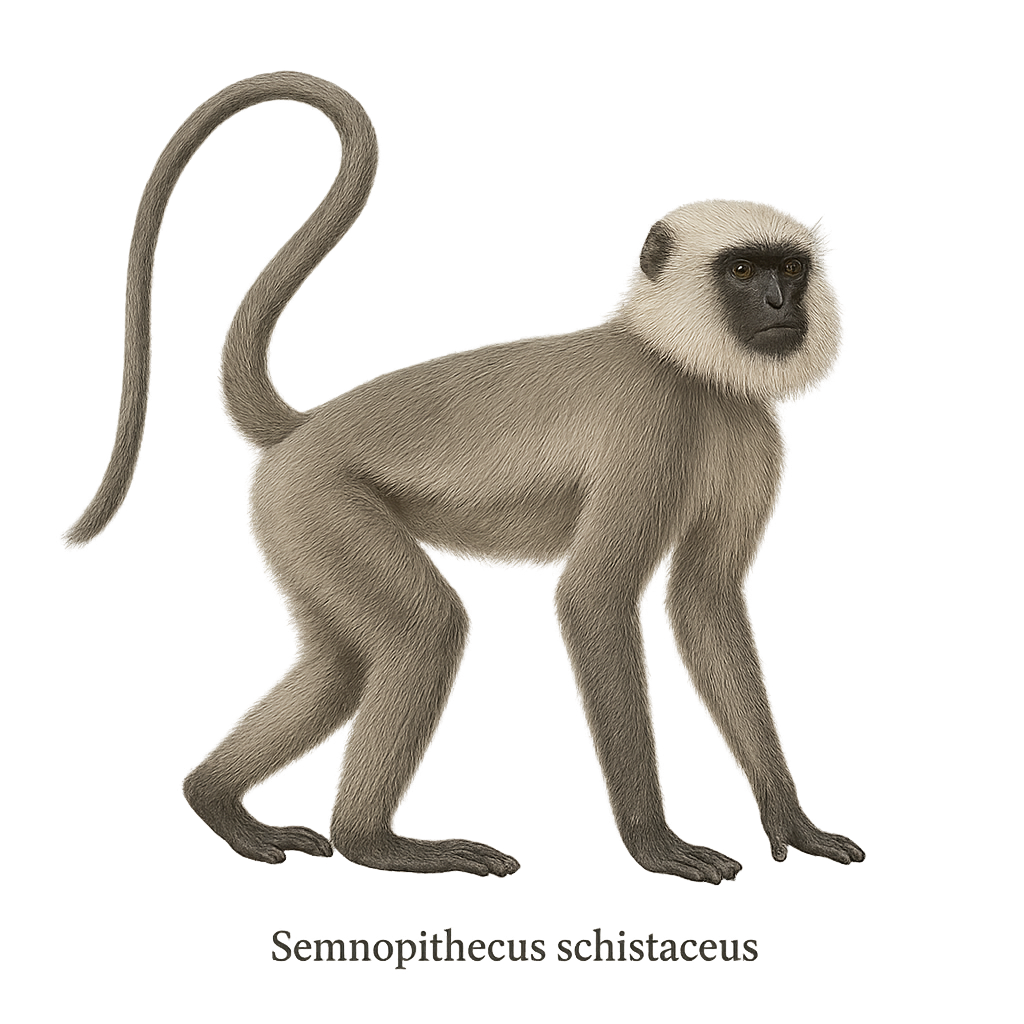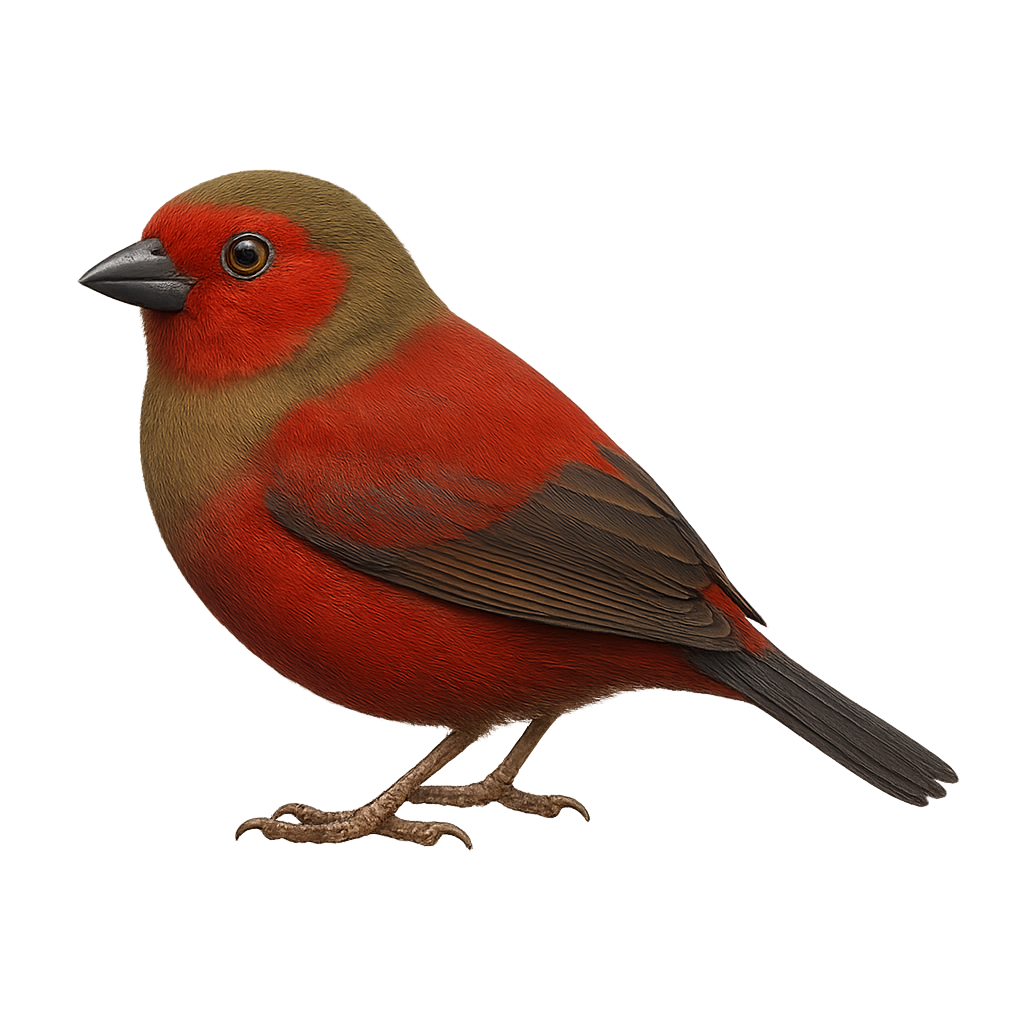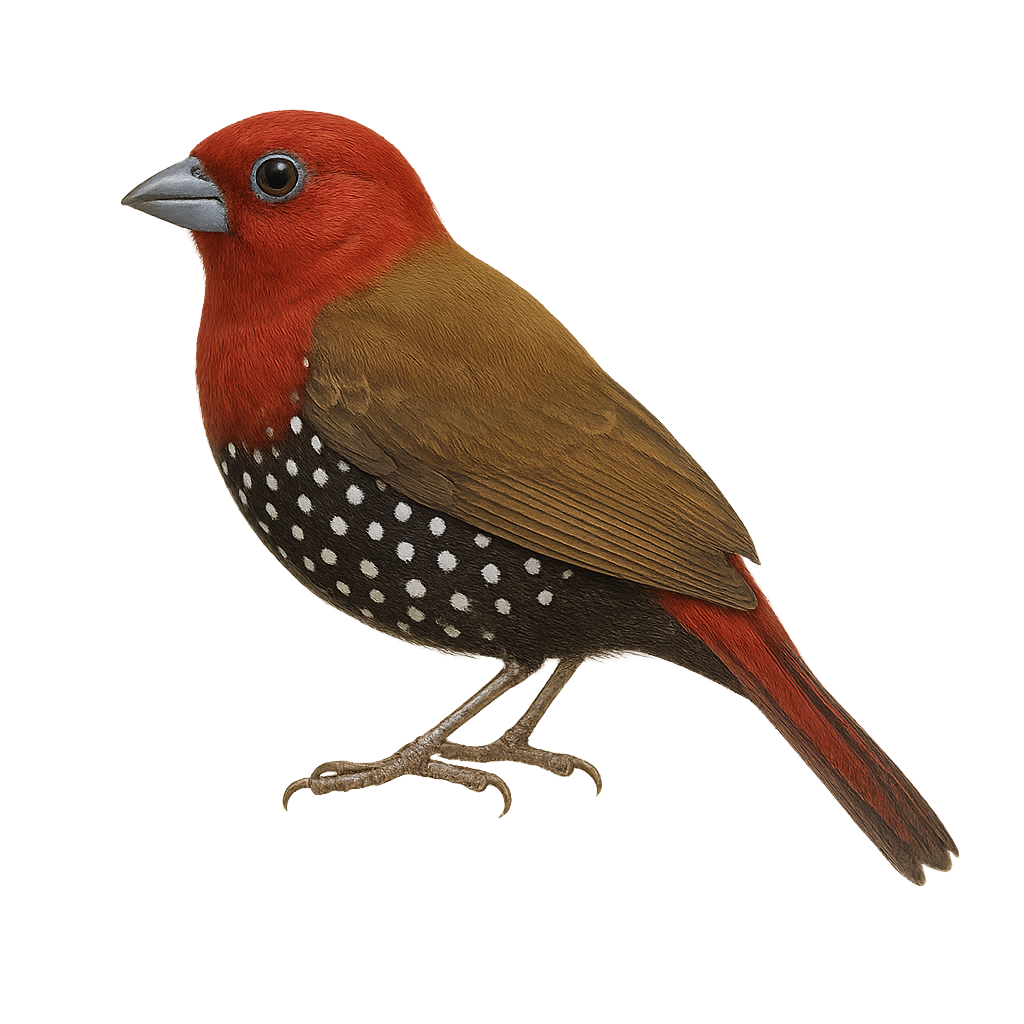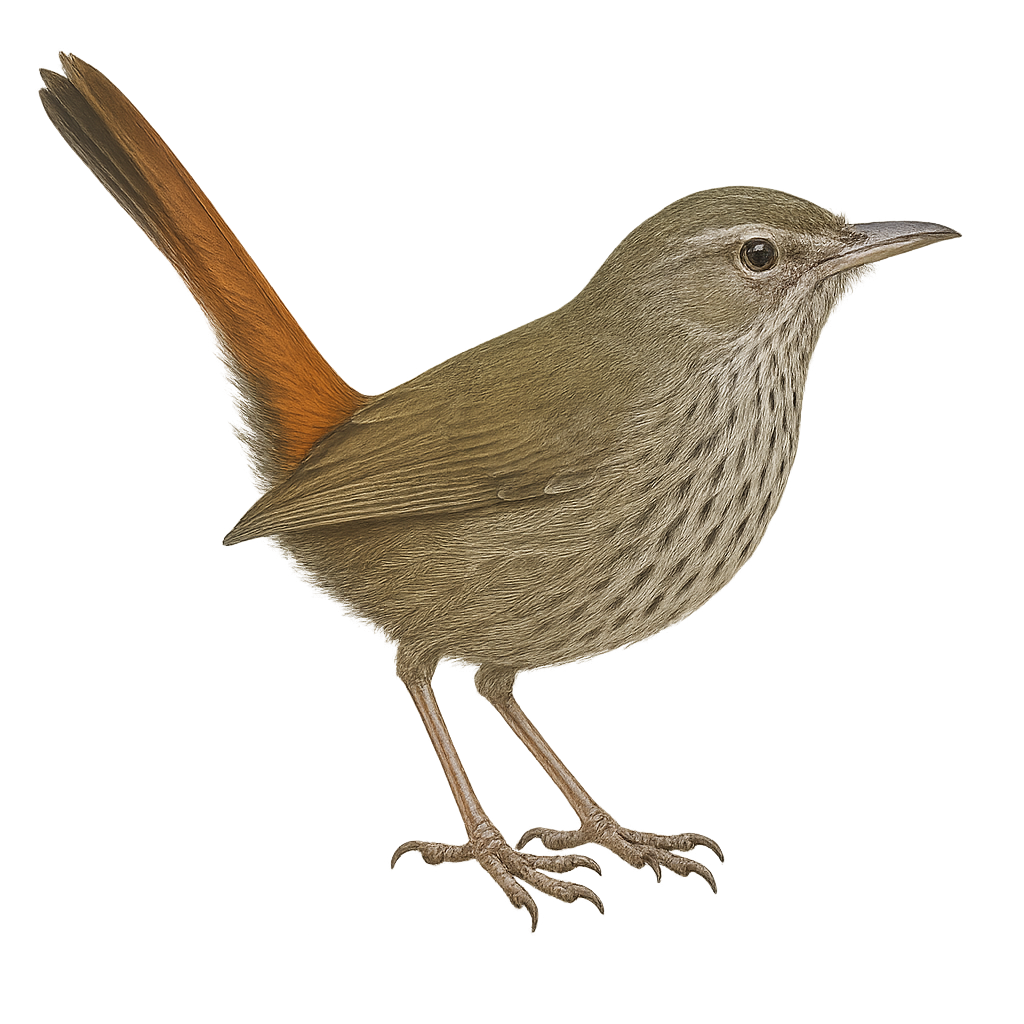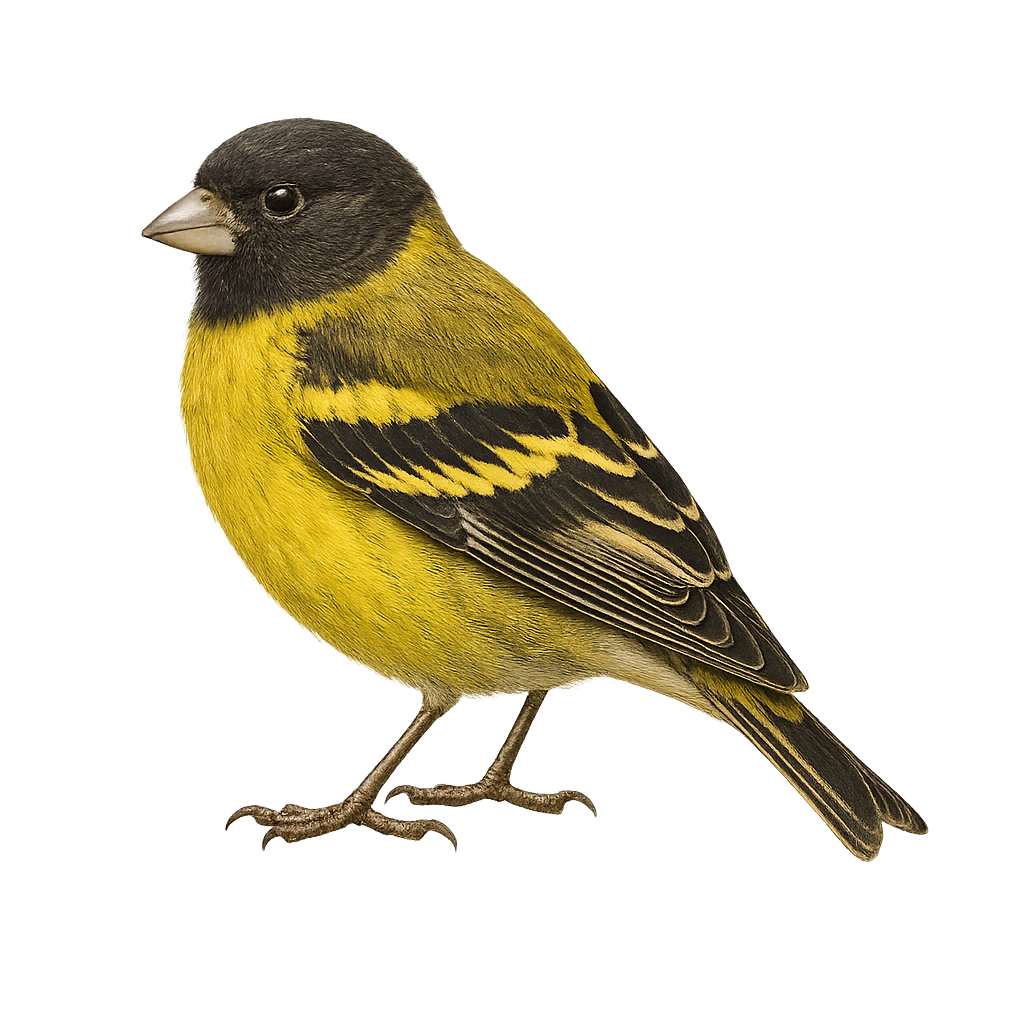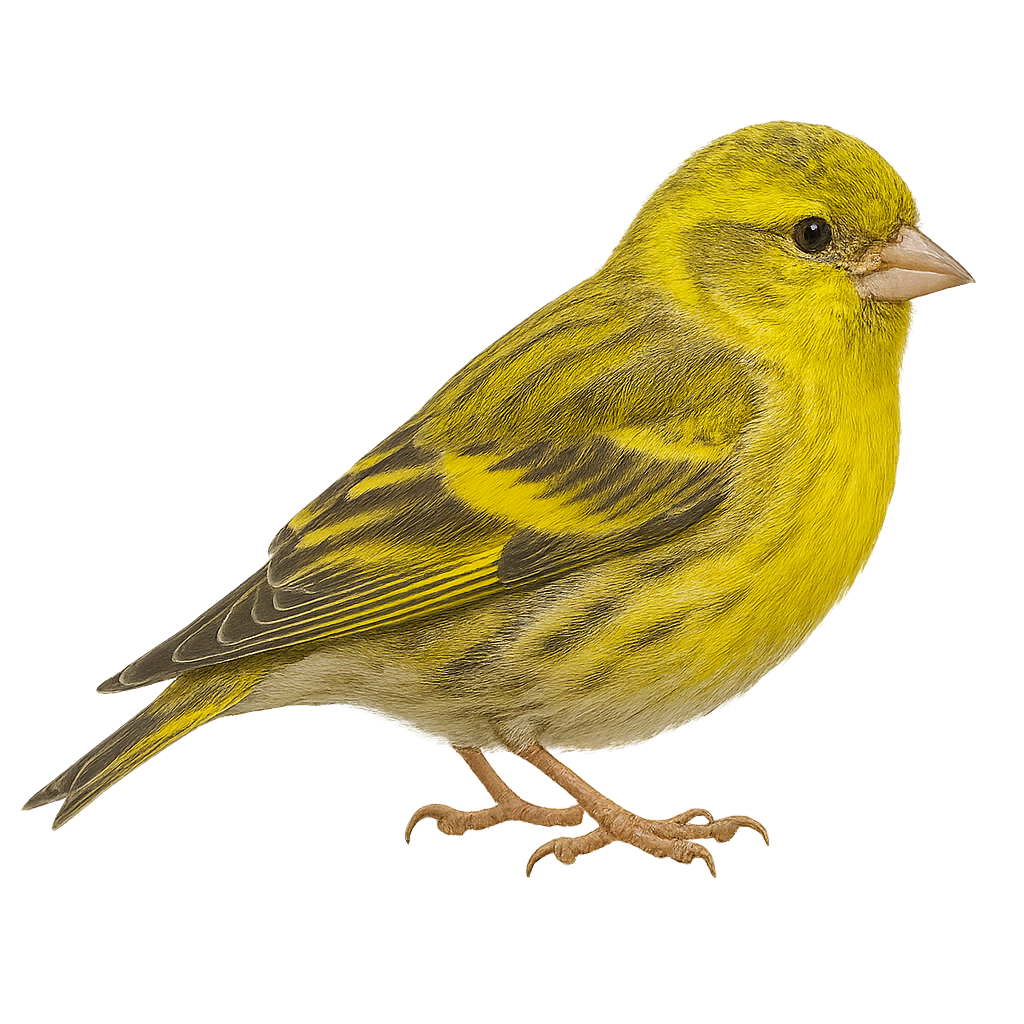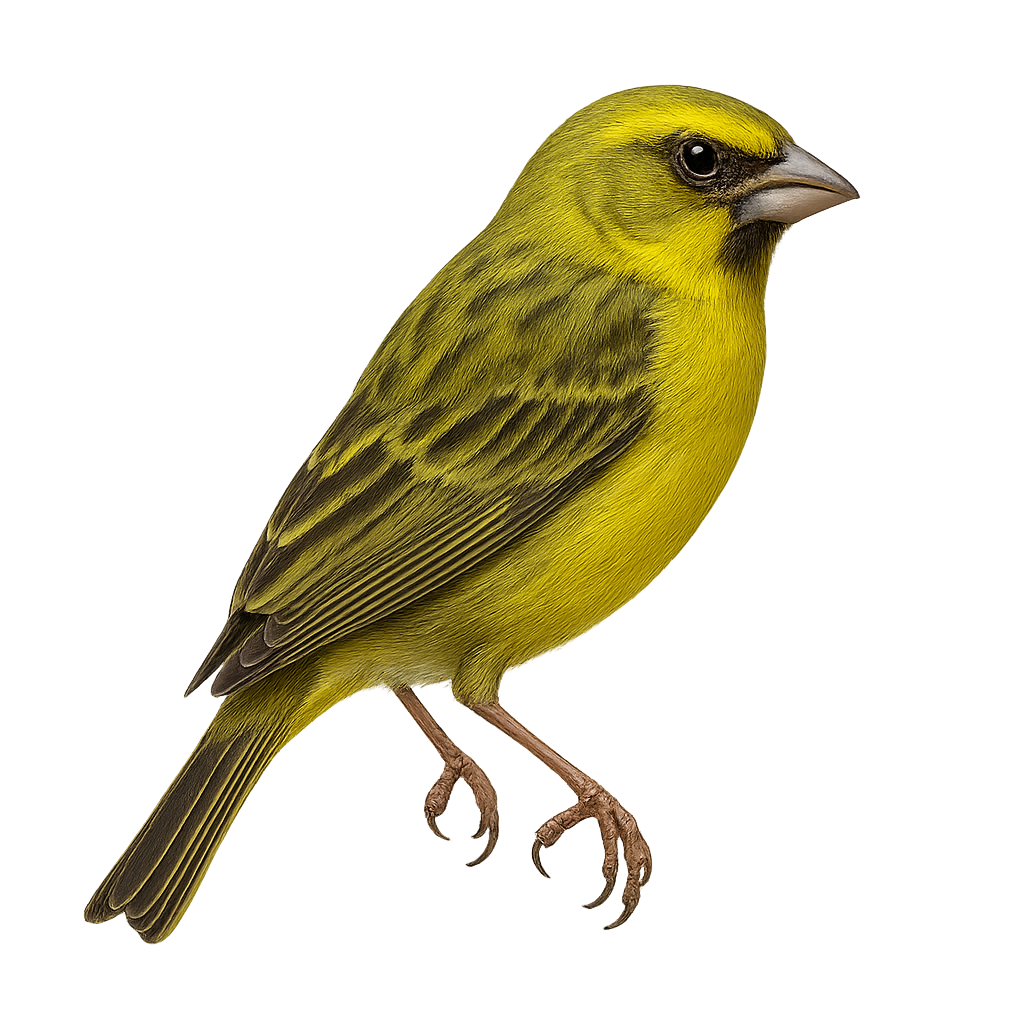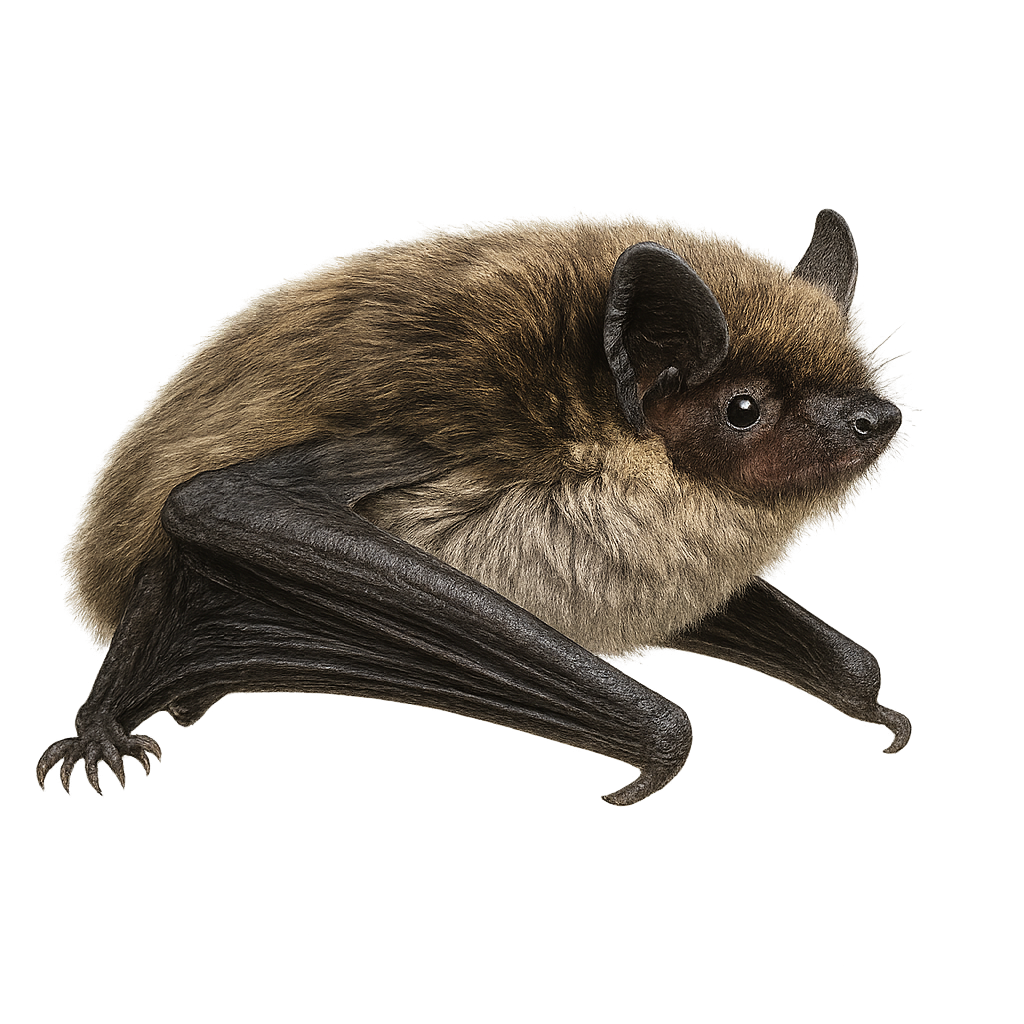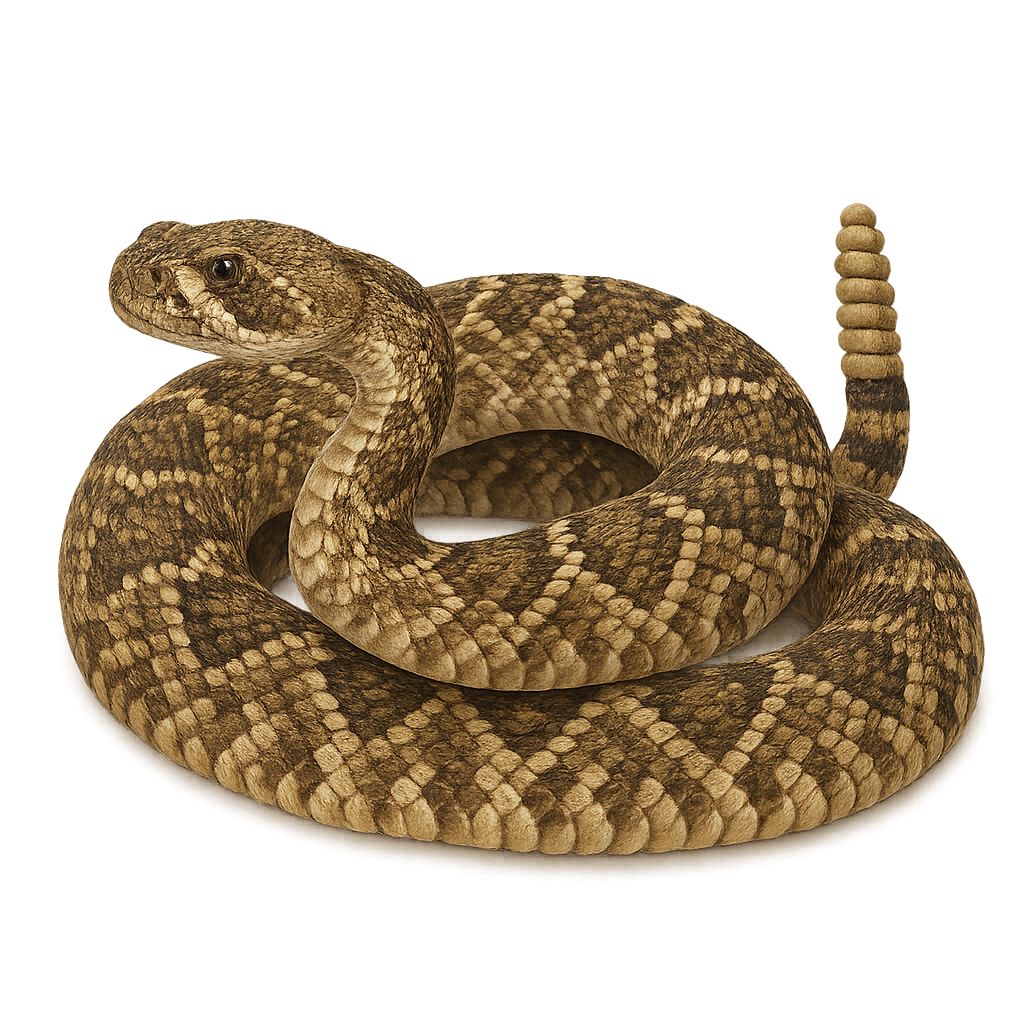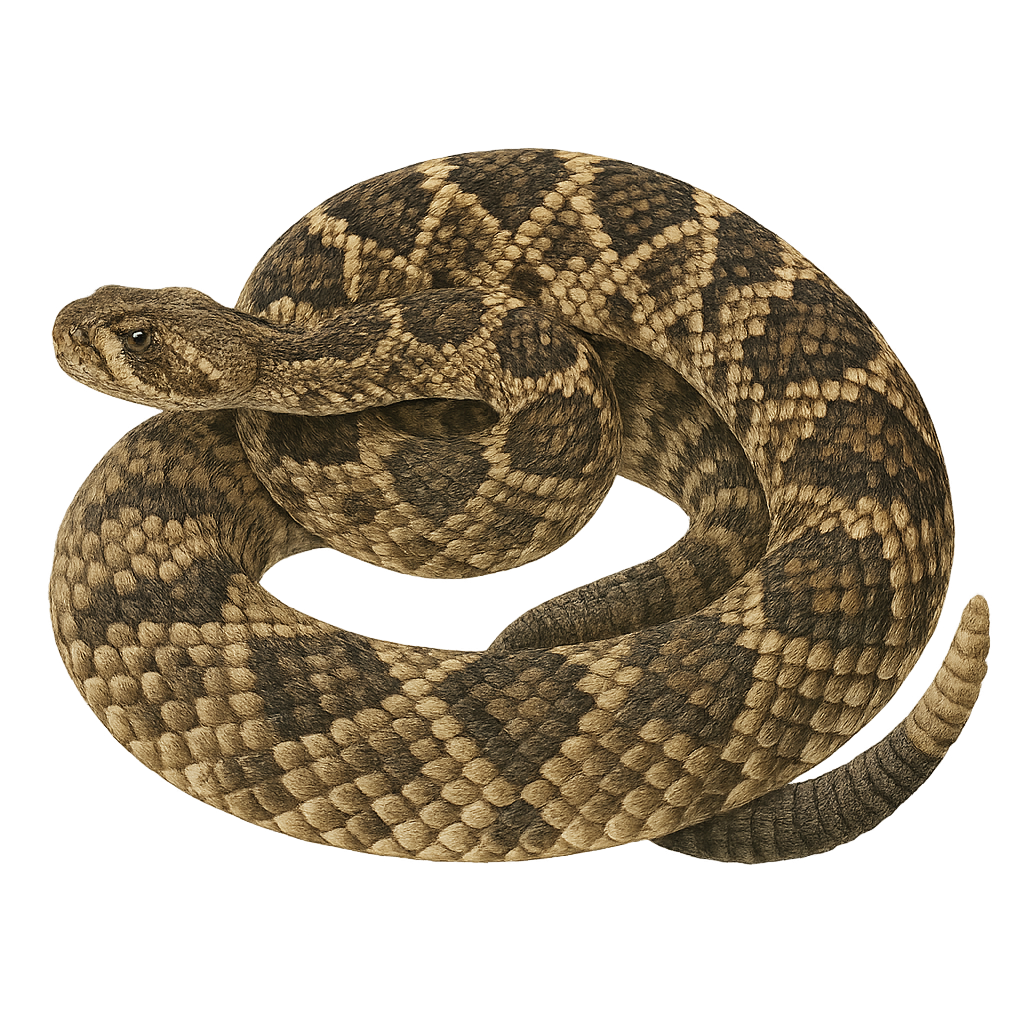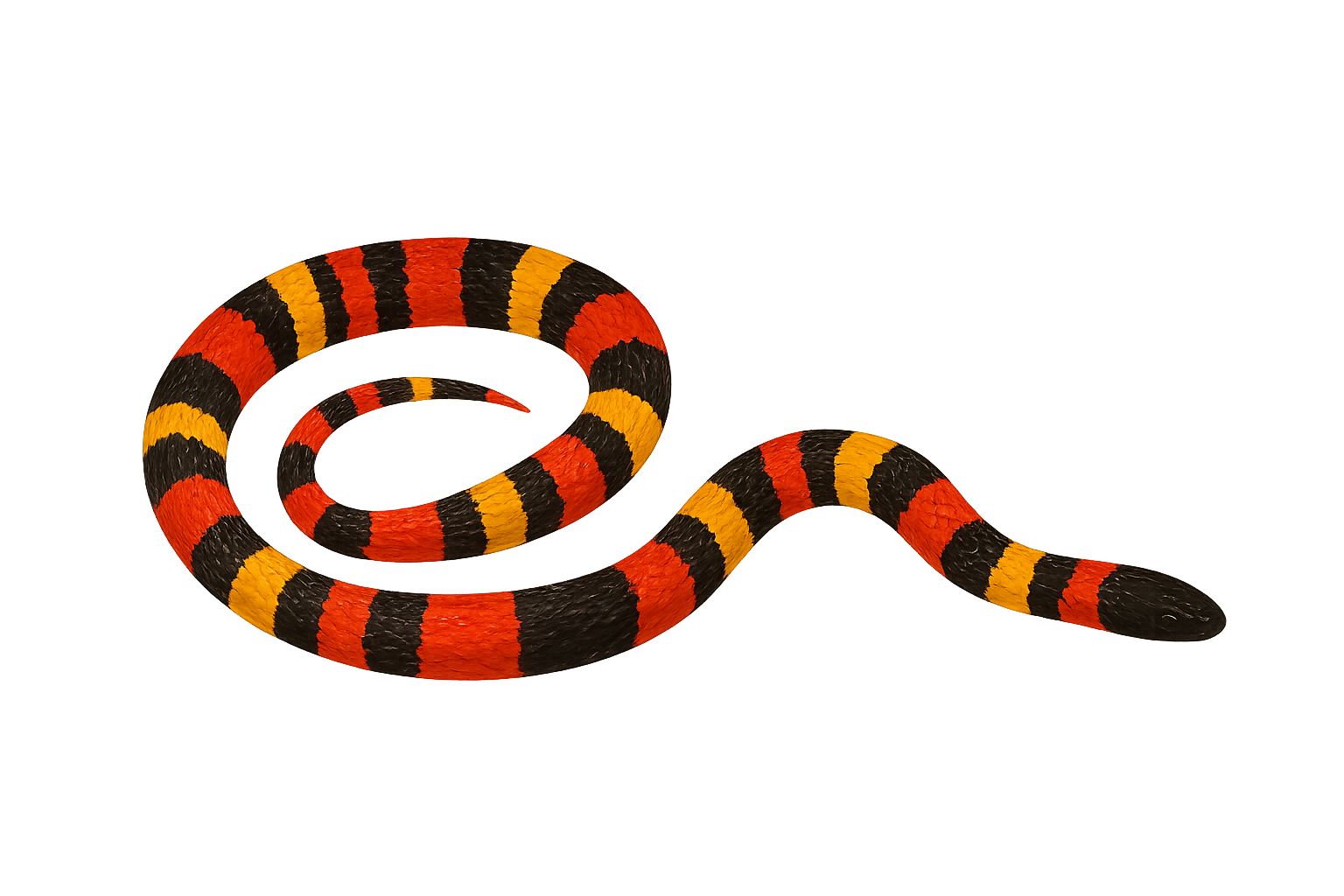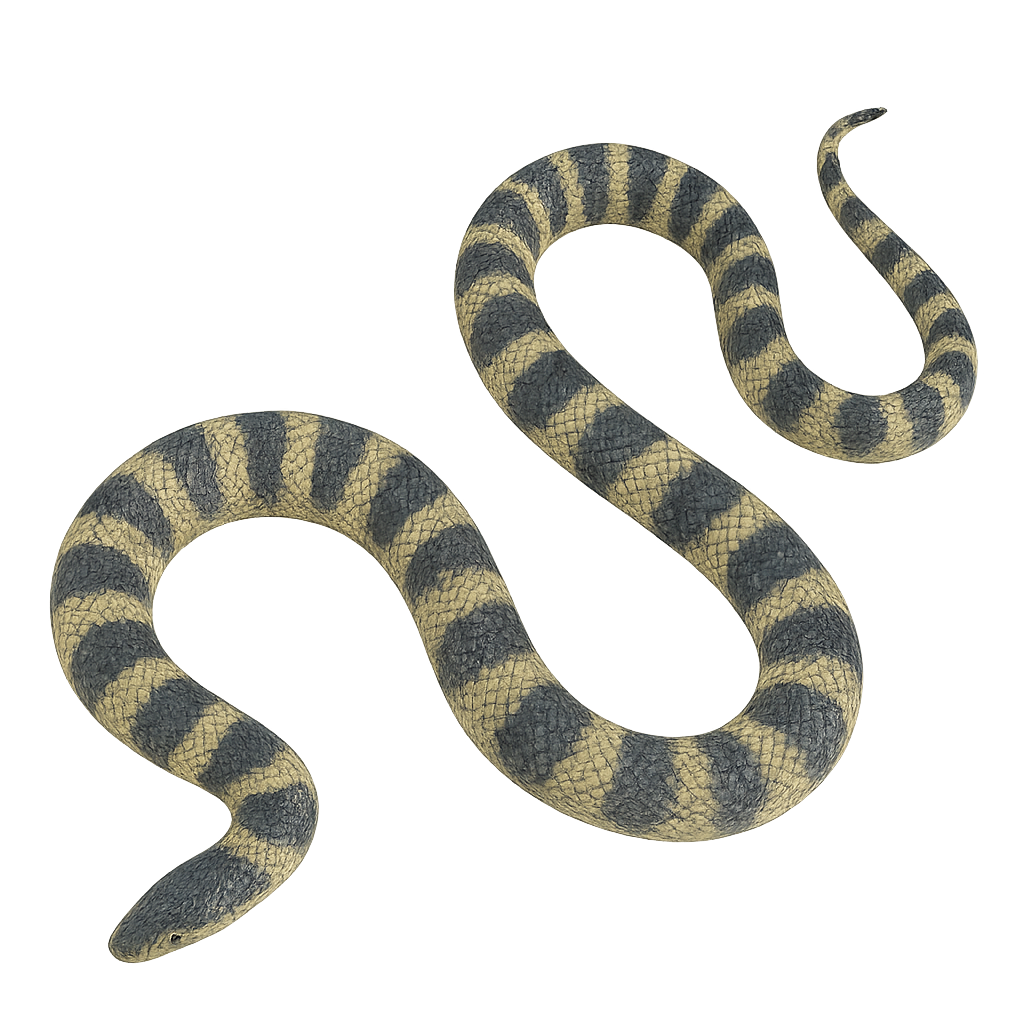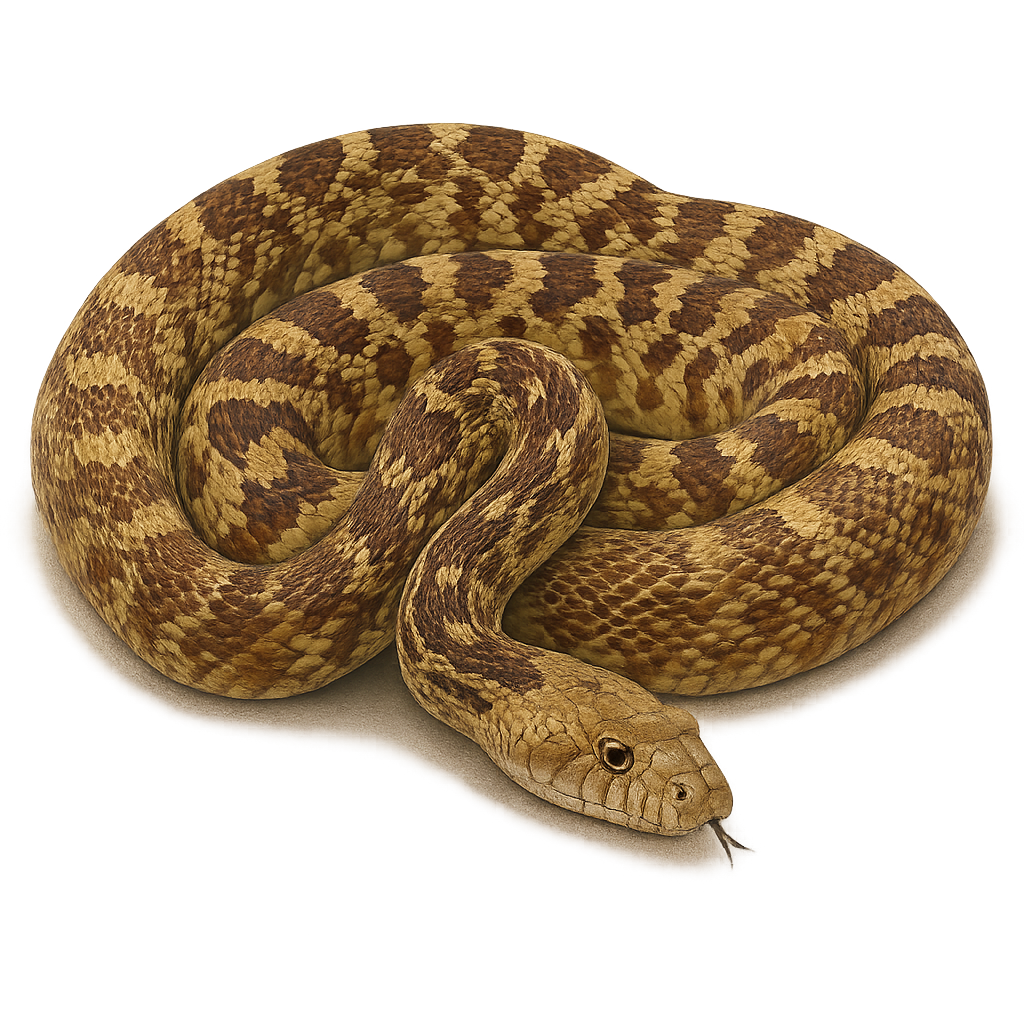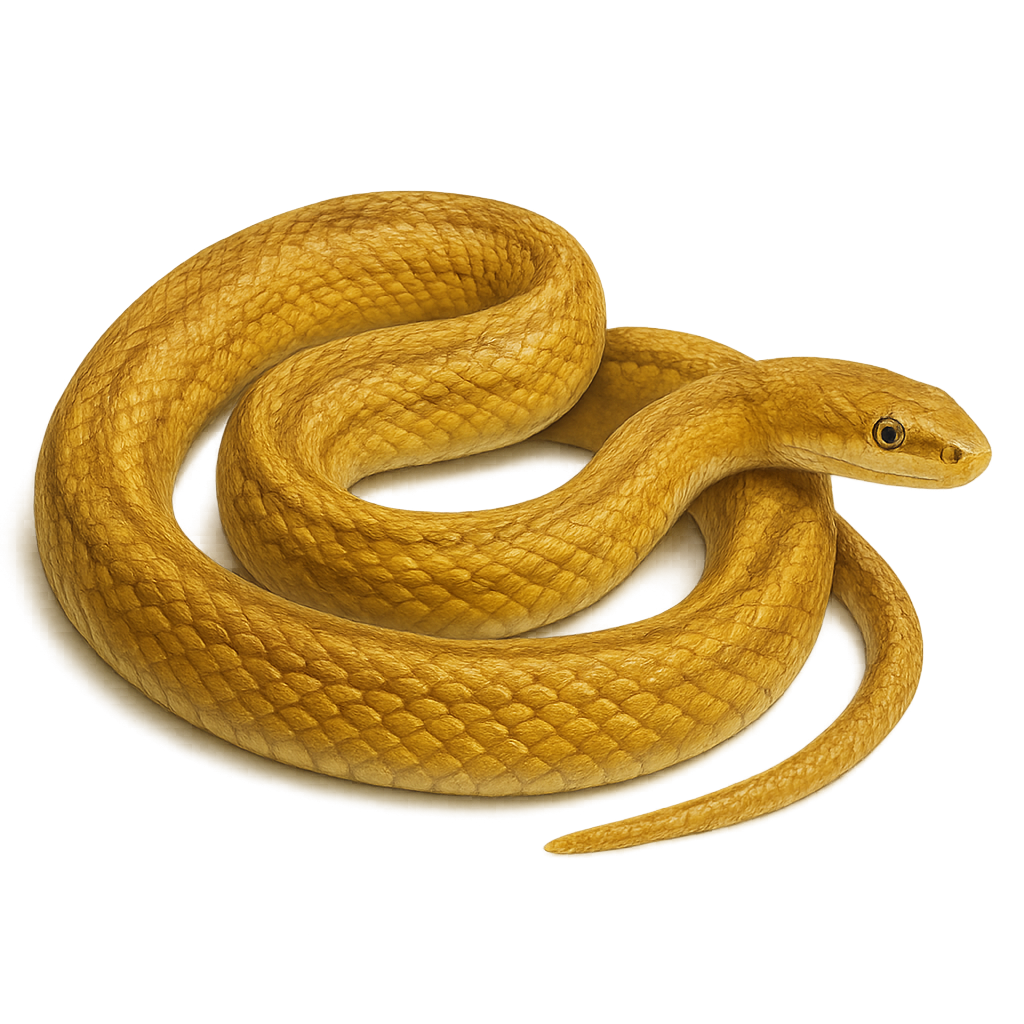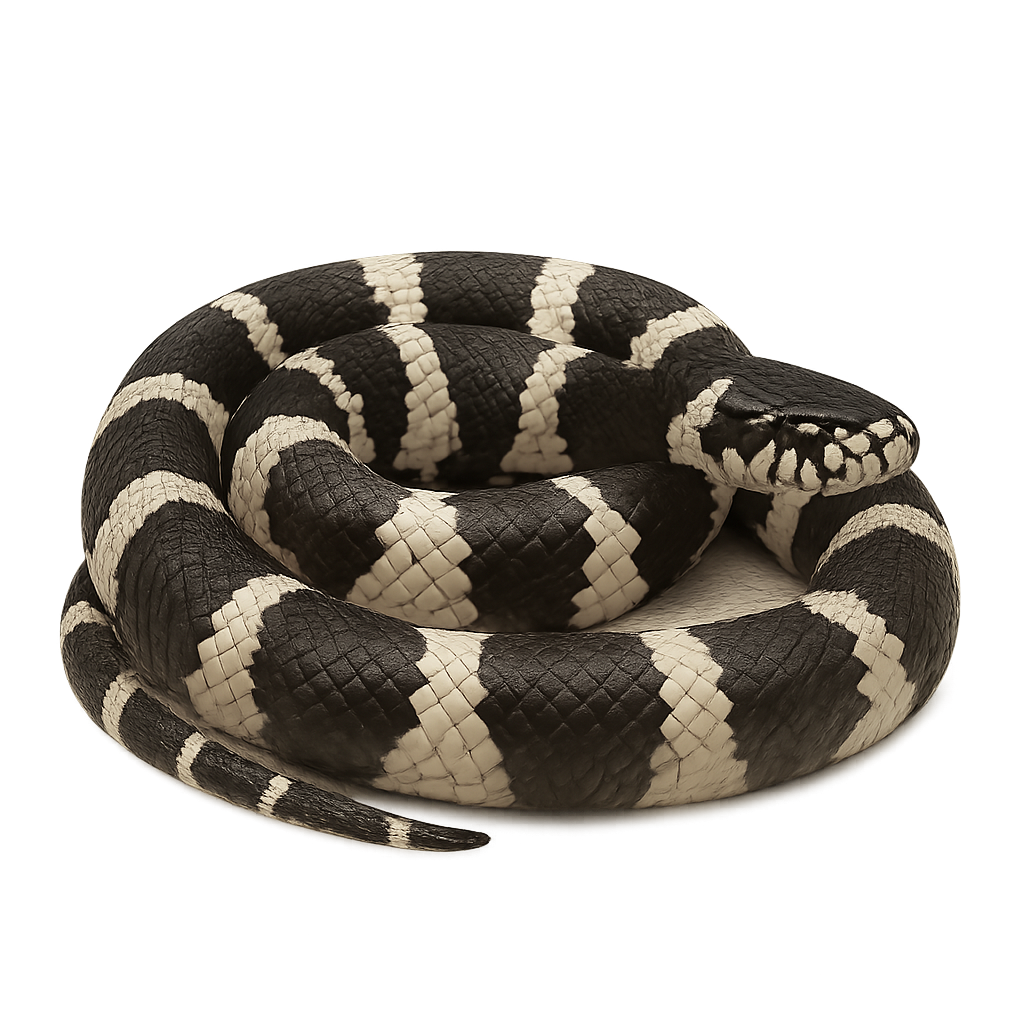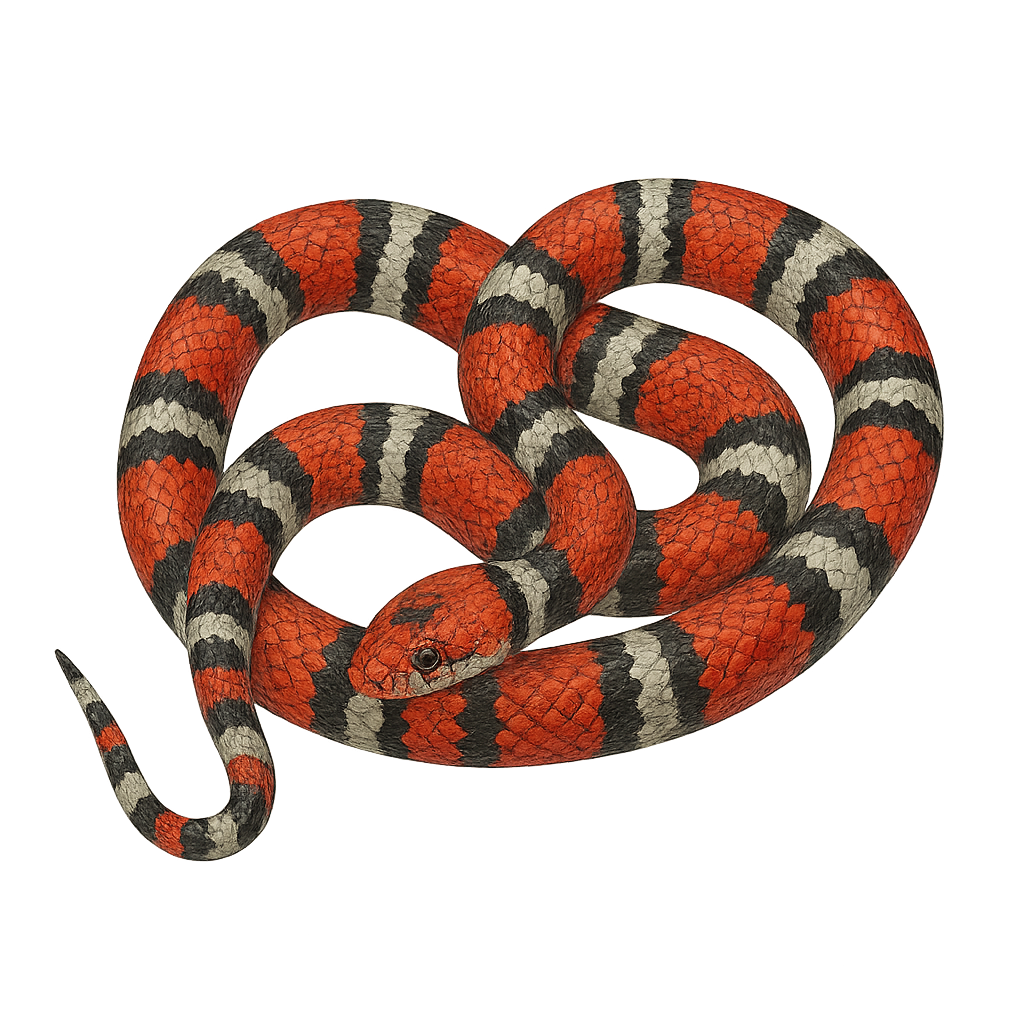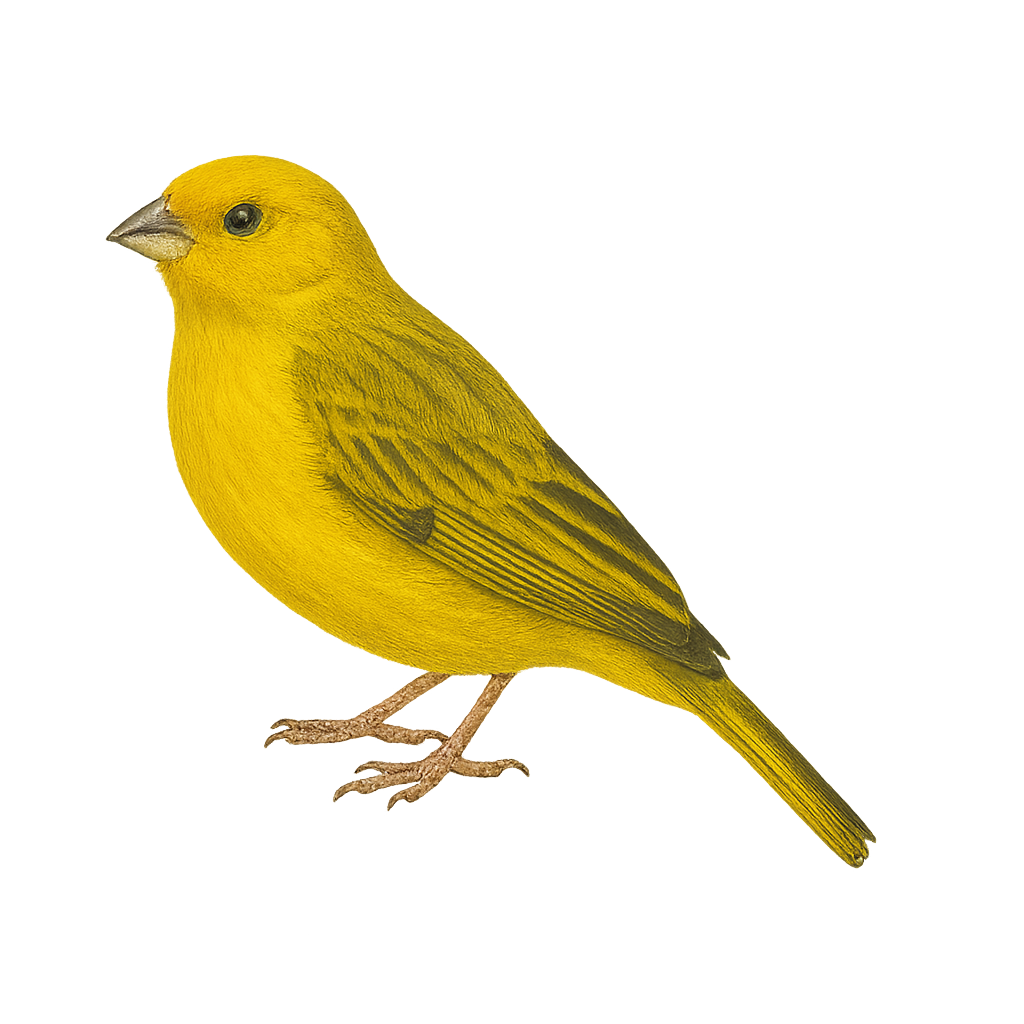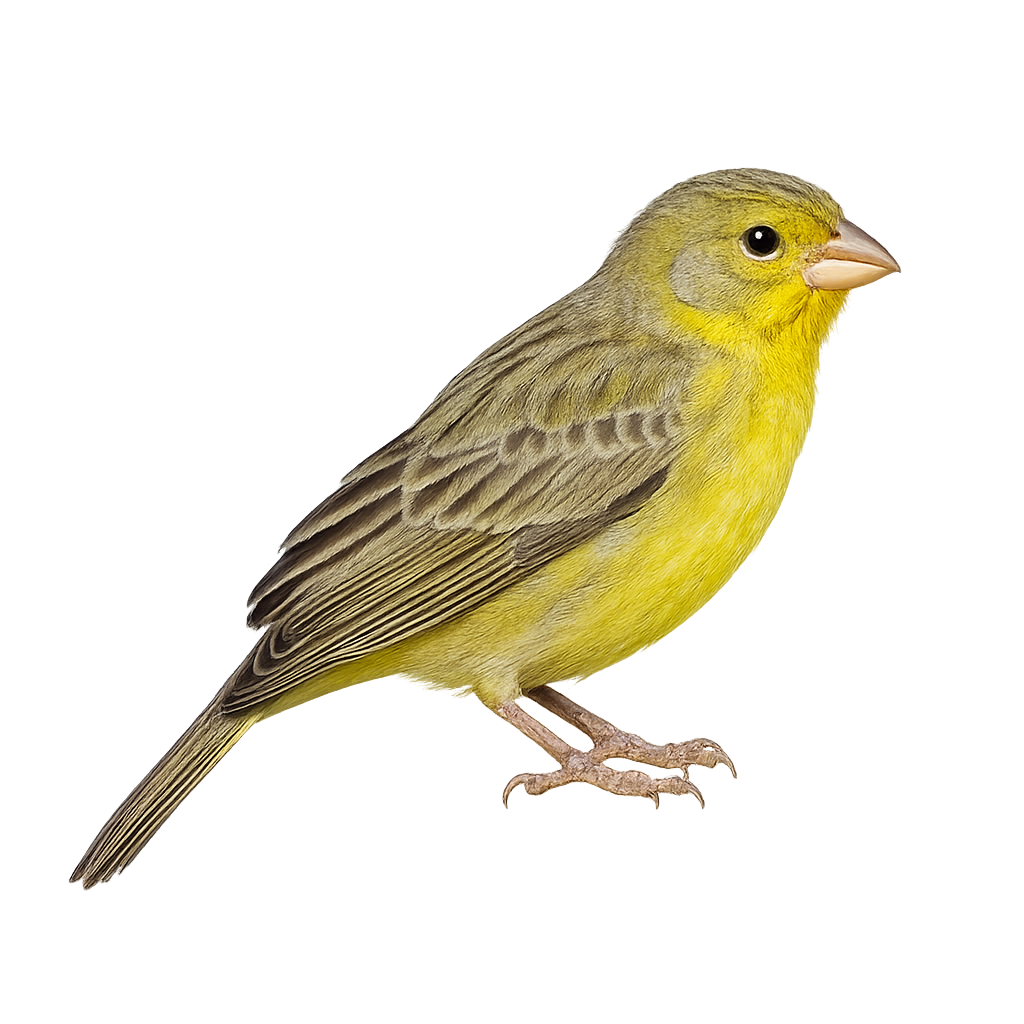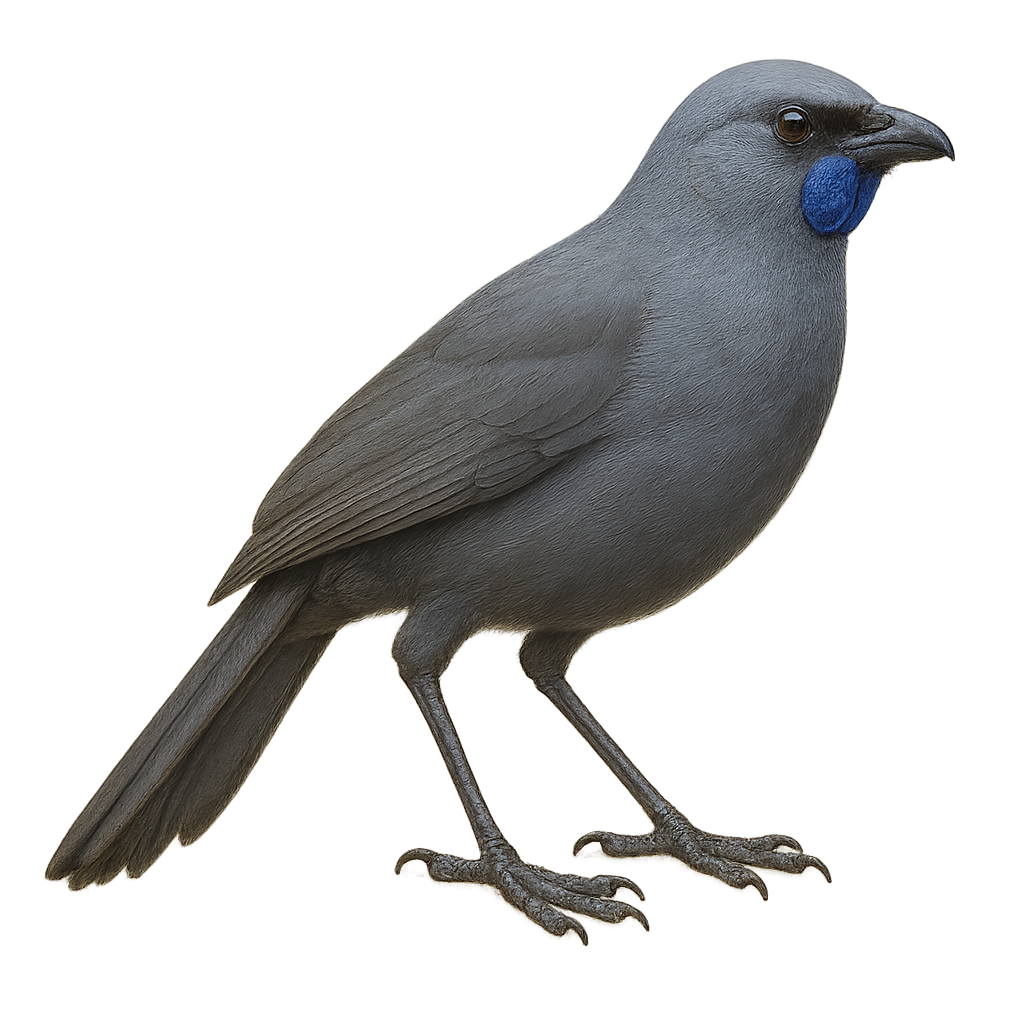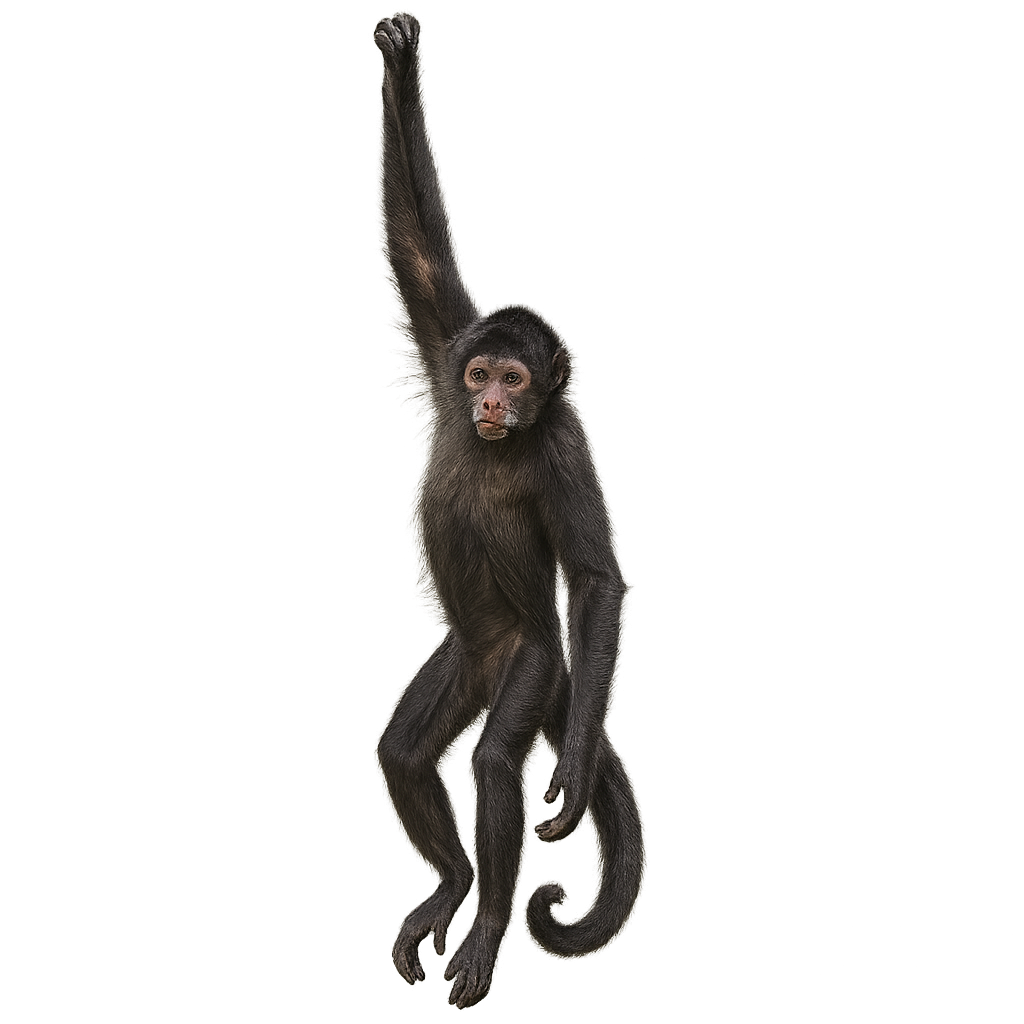The Scaphiophryne gottlebei is a frog species endemic to Madagascar, notable for its vibrant colors and limited habitat. It displays a complex pattern of red, green, and black on its back, allowing it to blend effectively among the forest's dead leaves. This species is primarily found in the dry forests and rocky areas of Isalo National Park. Known for its discreet behavior, it can quickly hide under leaves or in crevices. The Scaphiophryne gottlebei is classified as endangered by the IUCN due to the loss of its natural habitat.
The Texas Spiny Lizard, scientifically known as Sceloporus olivaceus, is a medium-sized reptile, typically measuring between 18 and 28 cm in length. Its coloration ranges from gray to brown, with band-like or spotted patterns that provide excellent camouflage in its natural habitat. This lizard is primarily arboreal, preferring trees and shrubs for hiding and hunting. It has spiny scales that offer protection from predators. Active mainly during the day, it feeds on insects and other small invertebrates. The Texas Spiny Lizard is a suspicious creature but can become accustomed to human presence if not disturbed.
The Brown-winged Schiffornis is a discreet and mysterious bird, often difficult to spot in its natural habitat. It is characterized by its olive-brown plumage, which allows it to blend seamlessly into the dense undergrowth of tropical forests. This bird is primarily insectivorous, feeding on various insects and spiders it captures in the foliage. It is also known for its melodious, albeit discreet, song that resonates through the canopy. The Brown-winged Schiffornis is a solitary bird, but it can sometimes be seen in small family groups. It plays an important role in the ecosystem by controlling insect populations and participating in seed dispersal.
The European Snake-eyed Skink, Ablepharus kitaibelii, is a small, elusive lizard found mainly in the warm, dry regions of Southeastern Europe and Western Asia. Its skin is smooth and shiny, often bronze or golden-brown, allowing it to blend into its surroundings. This lizard is characterized by its reduced eyelids, hence its name, and snake-like eyes. It prefers rocky habitats, dry grasslands, and shrub areas. Although primarily terrestrial, it is agile and quick, moving easily among stones and grasses. Its small size and discreet behavior make it difficult to observe, but it plays an important role in the ecosystem as an insect predator.
The Ocellated Skink, or Chalcides ocellatus, is a medium-sized lizard, typically measuring between 15 and 20 cm in length. Its skin is smooth and shiny, adorned with characteristic ocellated patterns, from which it derives its name. These patterns, often brownish with lighter spots, allow it to blend effectively into its natural environment. It is primarily found in Mediterranean regions, favoring dry and rocky habitats. Although mainly terrestrial, it can climb small surfaces. The Ocellated Skink is a diurnal animal, active mainly during the hottest hours of the day. It feeds primarily on insects and small invertebrates.
The Semnopithecus schistaceus, commonly known as the Himalayan Gray Langur, is an arboreal primate found mainly in the mountainous forests of the Himalayas. This monkey is easily recognizable by its silvery-gray fur and distinctive black face. It lives in complex social groups and primarily feeds on leaves, fruits, and flowers. Adapted to high altitudes, it can be observed up to 4000 meters. Although generally wary of humans, it can sometimes be seen near villages. Its population is threatened by deforestation and hunting, although conservation efforts are underway to protect its natural habitat.
The Reichenow's Crimsonwing, or Cryptospiza reichenovii, is a small bird belonging to the Estrildidae family. It is primarily found in the montane forests of Central and East Africa, particularly in Rwanda, Uganda, and Burundi. This bird is notable for its bright red plumage in males, while females display more subdued shades of brown and red. The Reichenow's Crimsonwing is a discreet bird, often observed in small groups or pairs. It feeds mainly on seeds and insects, which it finds in leaf litter or on low branches. Although its habitat is relatively stable, deforestation poses a potential threat to its populations.
The Pink-throated Twinspot is a small bird with distinctive plumage, primarily brown with characteristic white spots on its flanks. The male has a pink throat, while the female displays more subdued colors. This bird is endemic to East Africa, where it inhabits savannas, open forests, and shrublands. It feeds mainly on seeds but also consumes insects. Its song is soft and melodious, often heard at dawn and dusk. Although discreet, it is sometimes observed in small groups, especially outside the breeding season. The species is currently considered of least concern by the IUCN but is sensitive to habitat degradation.
The Green-backed Twinspot, Mandingoa nitidula, is a small exotic bird belonging to the Estrildidae family. Native to the tropical forests of Central and East Africa, this bird is particularly admired for its bright plumage and distinctive patterns. Males display a bright green head, contrasting with a body speckled with white spots on a black background. Females, on the other hand, have more subdued colors, predominantly olive green. These birds measure about 10 cm in length and weigh between 9 and 12 grams. They are often seen in small groups, feeding mainly on seeds and insects. Their melodious song and social behavior make them fascinating subjects of study for ornithologists and bird enthusiasts.
The Chestnut-rumped Heathwren is a small bird endemic to Australia, primarily found in wooded areas and heathlands. Its modest size and discreet plumage, dominated by brown tones and a distinctive chestnut rump, make it difficult to spot in its natural habitat. This bird is known for its melodious and complex song, often heard before being seen. It primarily feeds on insects and small invertebrates, which it finds by foraging on the ground and leaf litter. The Chestnut-rumped Heathwren is a sedentary bird, rarely observed outside its usual territory. Although its conservation status is currently stable, habitat destruction poses a potential threat to its population.
The White-rumped Seedeater is a small granivorous bird found mainly in sub-Saharan Africa. It is recognizable by its brown-grey plumage with a distinctive white rump, which gives it its name. Measuring about 12 cm in length, this bird prefers dry savannas and open shrublands. It primarily feeds on seeds but can also consume insects. The White-rumped Seedeater is often observed in small groups, especially outside the breeding season. Although not considered threatened, its habitat is sometimes affected by agricultural expansion.
The Black-headed Canary, or Serinus nigriceps, is a small seed-eating bird belonging to the Fringillidae family. It is primarily found in the arid and semi-arid regions of southwestern Africa, particularly in Namibia and South Africa. This canary is easily recognizable by its black head contrasting with its bright yellow body. It inhabits rocky areas, open savannas, and dry scrublands. Its song is melodious, consisting of trills and warbles. The Black-headed Canary is a social bird, often seen in small groups. It mainly feeds on seeds but may occasionally consume insects.
The European serin is a small passerine bird found primarily in gardens, orchards, and urban areas across Europe and the Middle East. It is distinguished by its bright yellow plumage, dark wings, and small size. This small bird primarily feeds on seeds, which it finds in trees, bushes, and grasses. It is also known for its high-pitched, melodious song, which it performs during the breeding season.
The African Citril, or Crithagra citrinelloides, is a small songbird belonging to the Fringillidae family. It is characterized by its bright yellow plumage, especially vivid on the forehead and chest, contrasting with darker wings and tail. This passerine is mainly found in East Africa, where it inhabits woodlands, savannas, and gardens. Its melodious song is often heard at dawn and dusk. The African Citril is a sociable bird, often seen in small groups. It primarily feeds on seeds but can also consume insects. Its adaptability to various habitats makes it a resilient species, although some populations may be affected by deforestation.
The Northern Bat, Eptesicus nilssonii, is a medium-sized bat found in northern Europe and Asia. It is characterized by its dark brown fur, which is often lighter on the belly, and relatively short ears. It primarily inhabits coniferous forests but can also be found in urban areas, using buildings for roosting. This nocturnal species feeds on insects, which it catches in flight using sophisticated echolocation. It is mainly active during summer nights, while it hibernates in winter in caves or abandoned buildings. Although its conservation status is currently considered "least concern," it remains sensitive to human disturbances and the loss of its natural habitat.
The Crotalus atrox, commonly known as the Western Diamondback Rattlesnake, is a venomous snake found primarily in the southwestern United States and northern Mexico. It is easily recognizable by its diamond-shaped pattern on its back and its famous rattling sound, produced by the keratin segments at the end of its tail. This snake can reach a length of 1.5 to 2 meters. It prefers arid habitats such as deserts, grasslands, and sparse forests. Although venomous, it generally only attacks if it feels threatened. Its venom is hemotoxic, affecting blood and tissues, but bites are rarely fatal due to modern treatments.
The Eastern Diamondback Rattlesnake, Crotalus adamanteus, is the largest rattlesnake species in North America, reaching lengths of up to 2.4 meters. It is easily identified by its distinctive diamond-shaped patterns along its back. This venomous snake primarily inhabits pine forests, marshes, and coastal prairies in the southeastern United States. Although feared for its potentially deadly bite, it is generally reclusive and avoids human encounters. Its coloration provides excellent camouflage in its natural habitat. The Eastern Diamondback plays a crucial role in the ecosystem by controlling small mammal populations.
The Coral Snake is a venomous species found primarily in Central and South America, notably in Mexico, Costa Rica, Panama, and Colombia. It typically measures between 50 and 80 cm in length, although some specimens can reach up to 1 meter. It is distinguished by its red, black, and yellow rings, giving it a vibrant and easily recognizable appearance. Although coral snakes are venomous, their bite is rarely fatal due to their small size and the difficulty of delivering the bite, but it can cause severe symptoms due to their neurotoxin. These snakes typically live in tropical forests, where they hide under dead leaves or in shrubs. They primarily feed on small reptiles, amphibians, and young snakes.
The annulated sea snake is a highly venomous marine elapid, 1–1.5 m long, identifiable by its black and yellow rings covering its slender, elongated body. It inhabits coral reefs, tropical seagrass beds, and shallow lagoons of the Indo-Pacific, feeding on fish and small bony fishes. Solitary and elusive, it employs sinuous undulations and visual cues to hunt.
The Pituophis catenifer, commonly known as the gopher snake, is a non-venomous snake found primarily in North America. It is recognizable by its robust body and distinctive patterns of brown and black spots on a yellow or cream background. Typically measuring between 90 and 180 cm, it can sometimes reach up to 275 cm. This snake is often mistaken for a rattlesnake due to its defensive behavior, which includes hissing and tail rattling. It inhabits various environments, from grasslands to sparse forests, and plays a crucial role in controlling rodent populations. Although it may seem intimidating, it is harmless to humans and contributes to ecological balance.
Elaphe obsoleta, commonly known as the black rat snake, is a non-venomous snake native to North America. It is often found in forests, fields, and rocky areas. This snake is known for its ability to climb trees and swim. Its color ranges from black to dark brown, with a lighter belly. It can reach a length of 1.2 to 2.4 meters. It plays a crucial role in controlling rodent populations. Although it may appear intimidating due to its size, it is generally harmless to humans and prefers to flee rather than defend itself.
The Lampropeltis getula, commonly known as the common kingsnake, is a non-venomous snake native to North America. It is renowned for its ability to resist the venom of other snakes, allowing it to hunt and consume them. This snake exhibits a varied coloration, often black with white or yellow bands. It can reach a length of 1.2 to 1.8 meters. The kingsnake is an opportunistic predator that feeds on rodents, birds, lizards, and other snakes. It is generally active at night and prefers habitats such as forests, grasslands, and rocky areas. Although often captured for the pet trade, it remains abundant in the wild.
The Lampropeltis triangulum, commonly known as the milk snake, is a non-venomous snake from the Colubridae family. It is famous for its colorful patterns that mimic those of venomous coral snakes, a classic example of Batesian mimicry. This snake is generally medium-sized, measuring between 60 and 120 cm in length. Its coloration varies depending on the subspecies, but it often features red, black, and white or yellow bands. It inhabits a variety of environments, from forests to grasslands, and primarily feeds on small mammals, birds, and other reptiles. Nocturnal by nature, it is mostly active at night and rests during the day.
The Crested Serpent Eagle, scientifically known as Spilornis cheela, is a medium-sized raptor distinguished by its prominent crest and piercing eyes. It primarily inhabits the tropical and subtropical forests of South and Southeast Asia. Its dark brown plumage is speckled with white spots, and its broad wings allow it to soar gracefully. An opportunistic predator, it mainly feeds on snakes, but also preys on lizards and small mammals. Its sharp call often echoes through the forests it inhabits. Although its habitat is threatened by deforestation, it remains relatively common within its range.
The Serval is a medium-sized feline primarily found in the savannas and grasslands of sub-Saharan Africa, notably in East and Central Africa. It typically measures between 60 and 100 cm in length, with a tail of 30 to 40 cm, and weighs between 9 and 18 kg. Its coat is golden yellow, speckled with irregular black spots, which helps it camouflage effectively in its natural environment. The Serval has long legs, a small head, and large ears, which allow it to easily detect its prey, including small mammals, birds, and reptiles. It is also capable of impressive leaps to catch its prey, particularly birds in flight. While its population remains stable in some areas, the Serval is threatened by habitat loss and illegal hunting.
The Oriental Magpie-Robin, or Copsychus saularis, is a medium-sized songbird known for its distinctive black and white plumage. The male features glossy black feathers on its back and head, while the belly and wings are white. The female, however, has more grayish tones. This bird is renowned for its melodious and varied song, often heard at dawn and dusk. Native to South and Southeast Asia, the Oriental Magpie-Robin inhabits various environments, from tropical forests to urban gardens. It primarily feeds on insects but can also consume fruits. Although generally solitary, it may be seen in small groups during the breeding season.
The Saffron Finch, or Sicalis flaveola, is a small bird with a striking bright yellow plumage, accented with olive-green shades on its wings and back. Native to South America, it is often found in savannas, agricultural areas, and urban gardens. This passerine is known for its melodious song and adaptability to various environments. Males display more vibrant colors than females, making them easily identifiable. Their diet mainly consists of seeds, but they also consume insects. The Saffron Finch is a sociable bird, often seen in small groups, especially outside the breeding season.
The Grassland Yellow-Finch, or Sicalis luteola, is a small passerine bird belonging to the Thraupidae family. It is primarily found in open and semi-open regions of South America, such as savannas, grasslands, and agricultural areas. This bird is notable for its bright yellow plumage, especially in males, while females display duller tones. The Grassland Yellow-Finch is a gregarious bird, often seen in flocks, particularly outside the breeding season. Its song is melodious and varied, making it popular among birdwatchers. Although common within its range, it is sensitive to environmental changes, especially habitat destruction.
The Callaeas wilsoni, commonly known as the North Island Kōkako, is an endemic bird of New Zealand. It is easily recognizable by its bluish-grey plumage and bright blue facial wattles. This forest bird is known for its melodious and complex song, often compared to a flute. It primarily inhabits the wet and dense forests of the North Island, where it feeds on fruits, insects, and leaves. Although its flight is weak, it is an excellent climber, using its strong legs to move between branches. Unfortunately, the North Island Kōkako is threatened by habitat loss and predation by introduced species, leading to a significant decline in its population.
The Geoffroy's Spider Monkey is a medium-sized primate primarily found in the tropical forests of Mexico and Central America. It typically measures about 50 to 60 cm in length, with a prehensile tail of around 70 to 80 cm, and weighs between 10 and 20 kg. Its fur is generally brown or black, with lighter spots on the belly and legs. The Geoffroy's Spider Monkey has a highly flexible and prehensile tail, which it uses to grasp tree branches and move easily through the forest canopy. It is primarily herbivorous, feeding on fruits, leaves, flowers, and sometimes small insects. These monkeys live in organized social groups and are primarily active during the day. While they are relatively numerous, they are threatened by deforestation and loss of their natural habitat.


